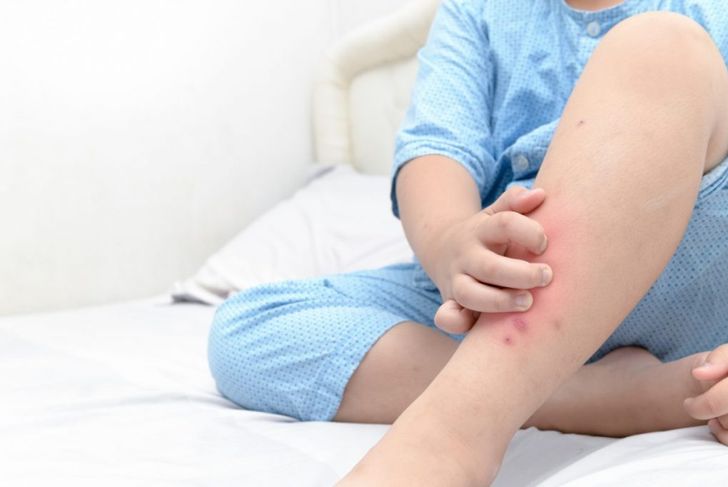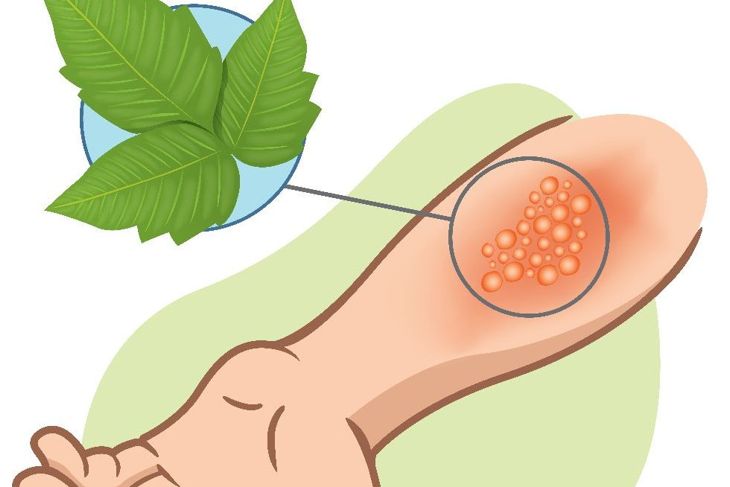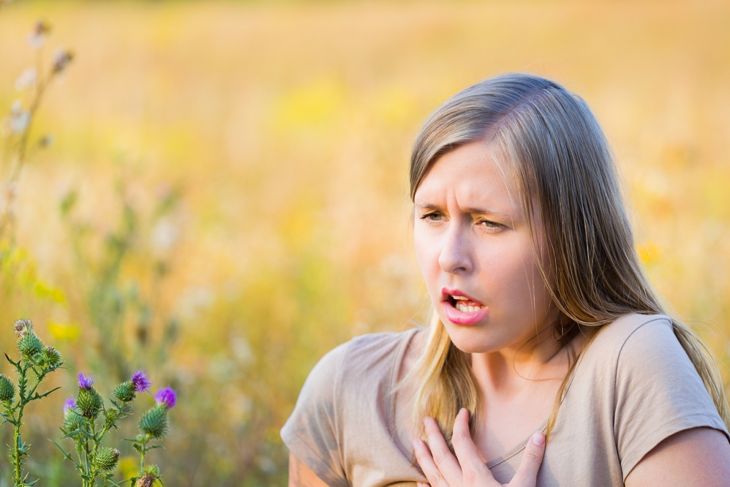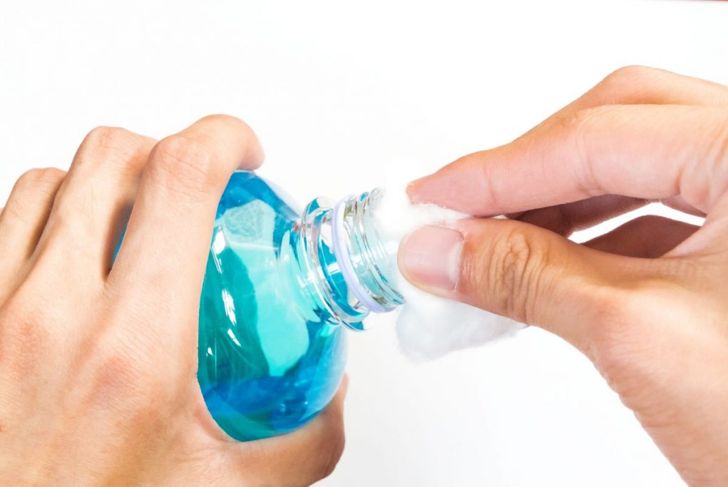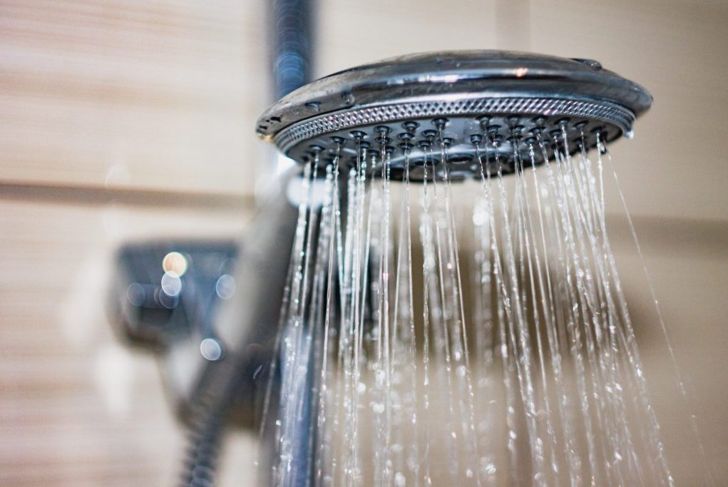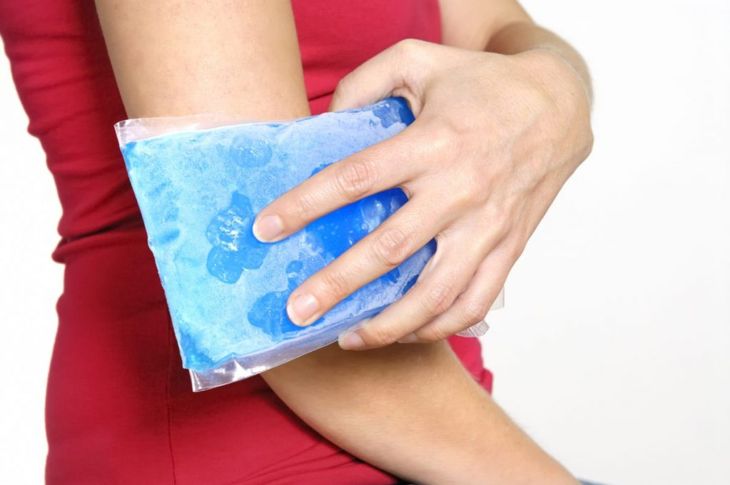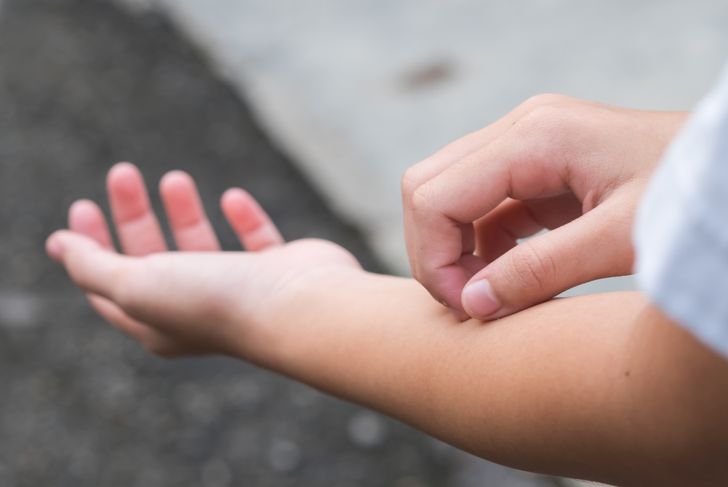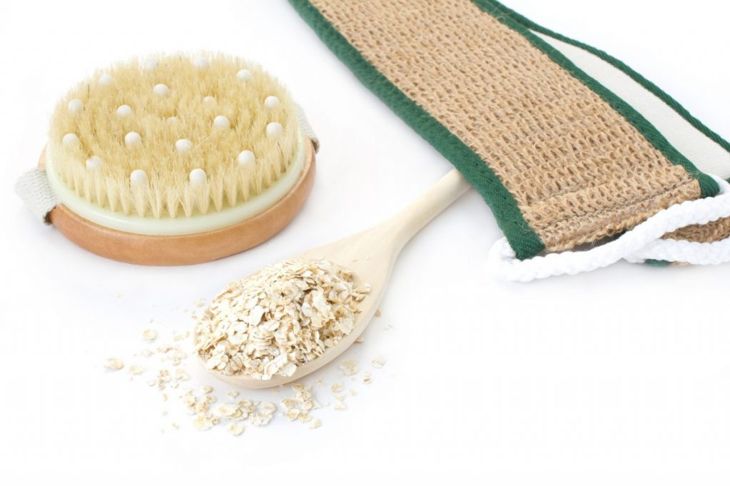The urushiol oils in various parts of the poison ivy plant cause an allergic rash, a type of contact dermatitis. The thick oil attaches to clothing, skin, and pet fur. The rash that can develop from a run-in with poison ivy is not contagious itself; the blister sacs that form during a breakout do not contain urushiol. It is oil passing from one surface, or one person, to another that causes and prolongs a person’s reaction to poison ivy. Many home remedies can treat this reaction, and the rash generally heals after two or three weeks without long-term complications.
Symptom: Redness
Redness as a symptom is not a definitive indicator of poison ivy, as sunburn and other allergens, as well as many conditions, can cause this sign. The color change occurs when the body reacts to the irritant — blood rushes to the skin’s surface to begin fighting off the invader. Skin redness can become uncomfortable if the reaction persists for an extended period.
Symptom: Itching
If itching becomes unbearable, people in the grip of allergic reactions find themselves fighting a constant urge to scratch. This is one of the worst things to do when dealing with poison ivy, however. When itchy skin, also called pruritus, is just a result of dryness, moisturizing the area or taking cool baths can offer relief. Similar measures can temporarily soothe poison ivy rashes.
Symptom: Swelling
Swelling is an immune response to interlopers in the body and can be triggered by insect bites, injuries, or allergy-causing plants like poison ivy. The latter cause can lead to the development of scaliness or thicker skin in the affected areas. In extreme cases, the swelling spreads to other areas, even swelling the eyes shut. This can last as long as a few weeks.
Symptom: Blisters
Blisters or vesicles, raised areas of skin filled with fluid, are often painful and uncomfortable. If you have come into contact with poison ivy, the blisters will start small and form in lines on the surface of the skin. Scratching and irritation may make them swell and spread. In most cases, blisters heal on their own. However, if they last longer than two weeks, show any signs of infection, or cause unbearable pain, they may require medical attention.
Symptom: Difficulty Breathing
It is possible to develop respiratory issues from poison ivy, especially if an individual inhales smoke from a burning poison ivy plant; the urushiol oil can harm the lungs and nasal passages. When the plant is burning, the oils carried in the air can cause rashes all over the body, including inside the mouth. If the lungs or the lining of the throat become inflamed, breathing becomes difficult. Urushiol can also travel through the bloodstream and cause fevers. Without medical attention, these reactions can be fatal.
Treatment: Rubbing Alcohol
Rubbing alcohol can ease the topical effects of poison ivy contact but is most effective when applied within the first ten minutes; the alcohol removes the urushiol oil from the skin and can minimize a lot of the discomfort. Alcohol is such an effective remedy that many people carry alcohol wipes when they are camping or hiking. According to the U.S. Food and Drug Administration, urushiol can also stay on the surface of items for years unless those items are treated with rubbing alcohol.
Treatment: Shower
Once the alcohol has removed urushiol oils from the surface of the skin, it is a good idea to take a shower to further that process. Use a mild soap and be sure to wash under the fingernails, which may have captured some of the oil through scratching and could spread the rash to other parts of the body, such as the face. To limit the severity of symptoms, the best time to shower is within one hour of exposure. Also wash anything else that may have come into contact with the oil, such as clothing, gear, and shoes.
Treatment: Cold Compress
Cold compresses are an effective remedy for reducing itching, swelling, and inflammation. A simple compress made from a washcloth and cold water should be applied to the skin for 15 to 30 minutes at regular intervals. In some cases, people soak washcloths in alcohol or other astringents like apple cider vinegar or chilled black tea to lessen swelling and relieve itching.
Treatment: Avoid Scratching
Scratching causes quite a few adverse reactions to skin issues. Poison ivy blisters can burst and become infected if scratched. It is best to avoid bursting blisters because the skin covering them is preventing the spread of the rash. Scratching before cleaning off the oils also spreads them across the skin.
Treatment: Oatmeal Bath
Oatmeal baths are effective for treating skin conditions like eczema because oatmeal has antioxidant and anti-inflammatory properties. The same goes for a poison ivy rash. Add raw oatmeal or an oatmeal-based product to a lukewarm bath and soak for about 30 minutes to help relieve inflammation.

 Home
Home Health
Health Diet & Nutrition
Diet & Nutrition Living Well
Living Well More
More
